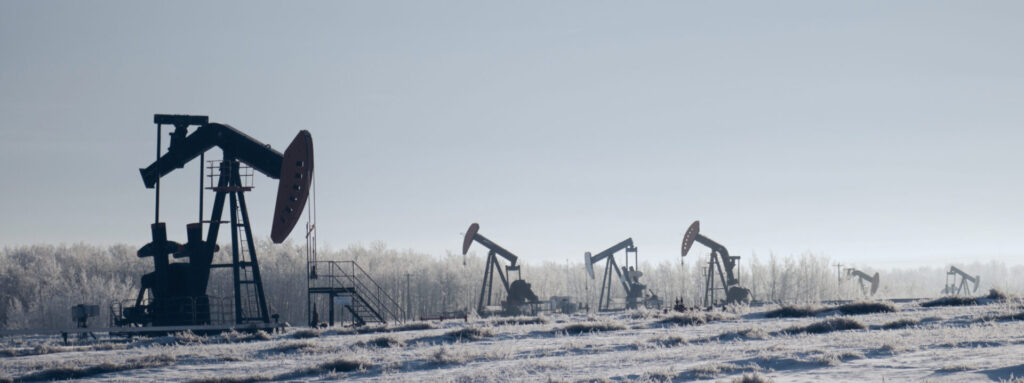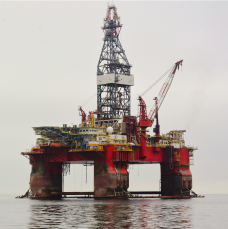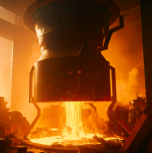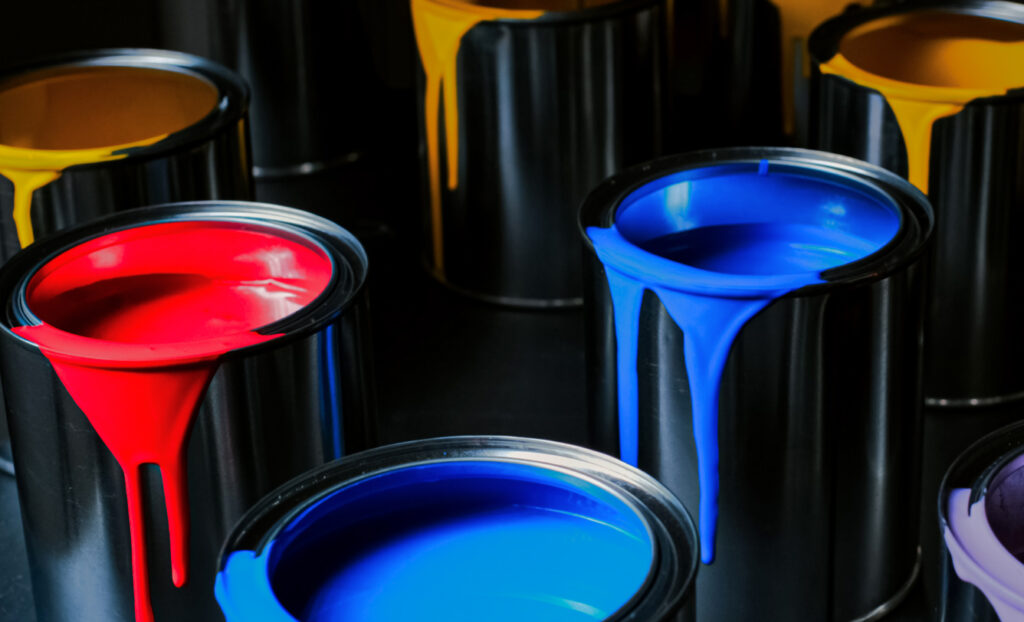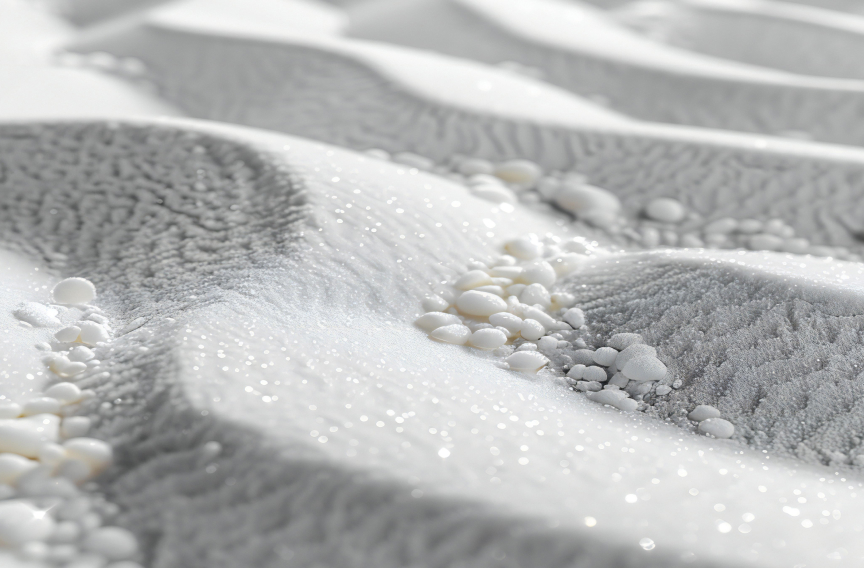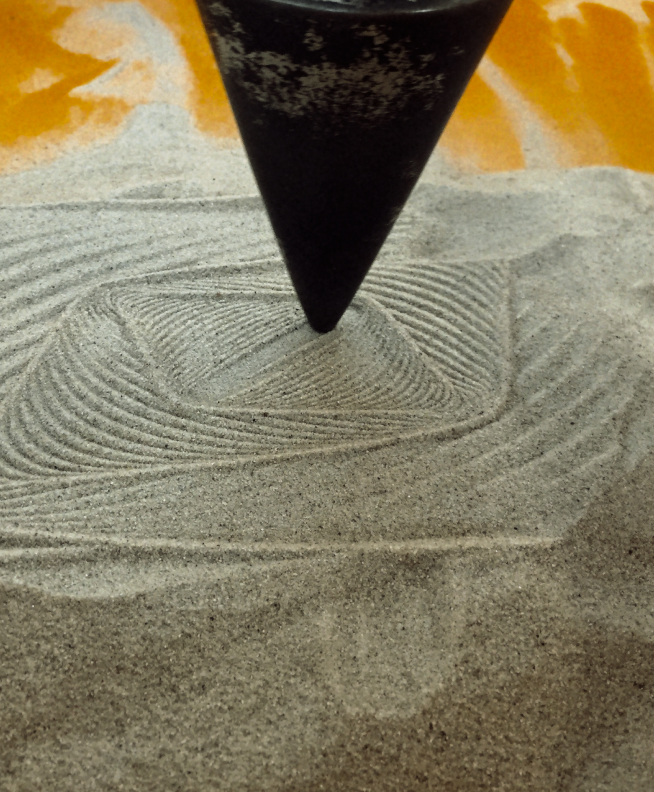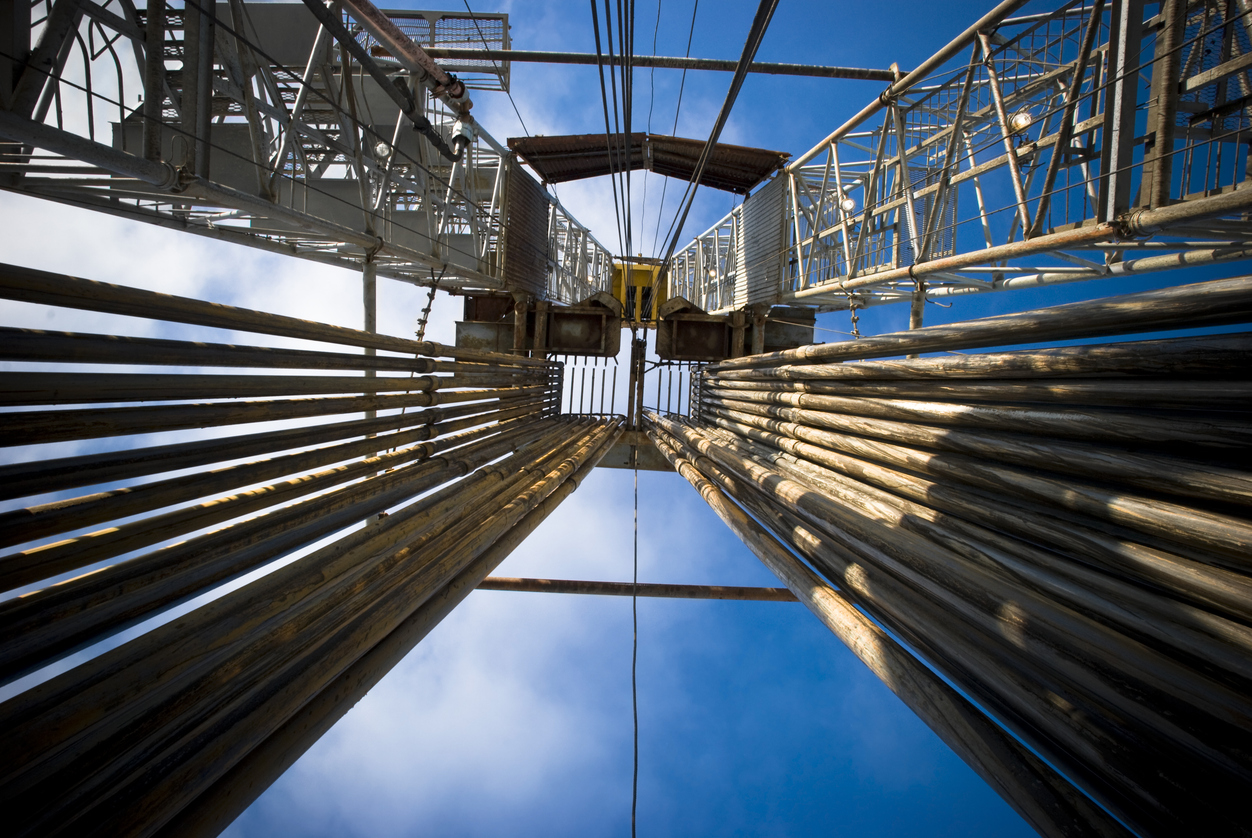Gravel pack technology serves as an important sand control method in oil and gas well completions, particularly in unconsolidated formations where formation sand can migrate into the wellbore and impair production. This completion technique involves placing specially sized gravel around a screen in the wellbore and perforations to create a barrier that prevents formation sand from entering while allowing hydrocarbon flow.
Traditional Materials vs. Advanced Ceramic Media
Conventional gravel pack materials, including natural sand, frac sand, and resin-coated sand, present significant limitations in challenging completion environments. These traditional materials exhibit limited permeability constrained to what natural products can offer. This is a limiting factor to well productivity which, in gravel pack completions, is determined by the permeability of the gravel pack media.
The high settling rates of natural sand can prevent complete annulus packing, particularly in horizontal or highly deviated wells. The rapid settling characteristics often necessitate high fluid viscosity and elevated pump rates to achieve adequate transport.
Completion integrity concerns arise when traditional materials fail to maintain uniform pack distribution. Incomplete placement creates channels and voids that allow formation sand to migrate into the gravel packs, compromising long-term sand control effectiveness.
Key Advantages of Ceramic Media in Gravel Pack Operations
Advanced ceramic media technology addresses these challenges through engineered properties that enhance gravel pack performance. High permeability and ultra-low-density ceramic proppants provide highly productive completions and slower settling rates that enable complete annulus packing while reducing fluid viscosity requirements.
The enhanced transport characteristics ensure uniform distribution throughout the completion interval, creating a more effective sand control barrier. This capability proves particularly valuable in wells with low frac gradients or narrow pressure windows between formation and fracture pressure.
Key benefits of highly permeable and ultra-low density proppants include:
- Minimal completion skin for increased well productivity
- Formation protection and permeability preservation
- Superior permeability and sand retention performance
- Efficient placement at low fluid viscosity and pump rates
- Complete annulus packing in challenging well geometries
Applications Across Well Configurations
Ceramic gravel pack proppant technology demonstrates versatility across vertical, deviated, and horizontal well completions, with enhanced transport properties proving particularly beneficial in horizontal wells where traditional materials struggle with complete pack placement. The technology excels in both cased hole and open hole applications, delivering uniform particle distribution for effective perforation tunnel packing and consistent annular coverage. Ceramic media compatibility with erosion-sensitive completion hardware provides additional operational flexibility while minimizing equipment wear and maintaining pack integrity throughout the completion process.
Technical Specifications and Performance Considerations
Ceramic gravel pack media is available in multiple mesh sizes, typically ranging from coarse to fine specifications, allowing operators to select appropriate materials based on formation characteristics and completion design requirements. Long-term permeability performance data demonstrates superior retention of flow capacity compared to conventional materials under standard test conditions. Density can be tailored from ultra-low to high density to match proppant suspension and transport requirements.
Critical performance factors include:
- Superior permeability retention over well life
- Consistent particle size distribution and sphericity for enhanced sand retention
- Variable density from ultra-low to high density
- Reduced erosion to completion jewelry during placement
- Compatibility with various completion fluids and additives
Quality standards encompass particle size distribution, sphericity, and permeability measurements, ensuring consistent performance across manufacturing batches. These specifications enable predictable completion performance and reliable sand control effectiveness.
Advancing Gravel Pack Technology
Advanced ceramic media is an evolution in gravel pack technology, offering superior transport characteristics, enhanced productivity, and improved sand control effectiveness. As operators continue to develop increasingly challenging reservoirs, material selection becomes crucial for completion success. The combination of technical performance and operational flexibility positions ceramic technology as the optimal solution for modern gravel pack applications, enabling operators to achieve effective sand control while maximizing well productivity and minimizing formation damage risks.
Leading Ceramic Innovation
For over 45 years, CARBO Ceramics has pioneered advanced ceramic technology as America’s leading manufacturer of high-performance ceramic proppants, serving customers in more than 120 countries from state-of-the-art U.S. facilities. Our innovation leadership established us as the world’s largest ceramic proppant supplier, developing breakthrough technologies from the first intermediate-strength proppant in 1982 to today’s ultra-permeable solutions that deliver measurable performance improvements in challenging gravel pack and sand control applications.
Frequently Asked Questions
What is gravel packing and why is it necessary?
Gravel packing is a completion technique that places small particles around a wellbore to act as a filter. It prevents loose formation sand from flowing into the well and blocking production while still allowing oil and gas to pass through. This method is essential in soft, unconsolidated formations where sand production can damage equipment and reduce well performance.
How do ceramic materials improve gravel pack performance?
Ceramic materials are engineered to be lighter and more uniform than regular sand, which helps them spread more evenly during placement. They settle more slowly, allowing operators to use lower pump pressures and avoid damaging the formation. The result is better sand control and higher well productivity over the long term.
What types of wells benefit most from ceramic gravel packing?
Horizontal and deviated wells see the greatest benefit because ceramic materials reach areas where heavier materials struggle to travel effectively. Wells in soft formations with low pressure tolerance also benefit from gentler placement, and any completion with sensitive equipment that could be damaged by high pump rates is a good candidate for ceramic media.
